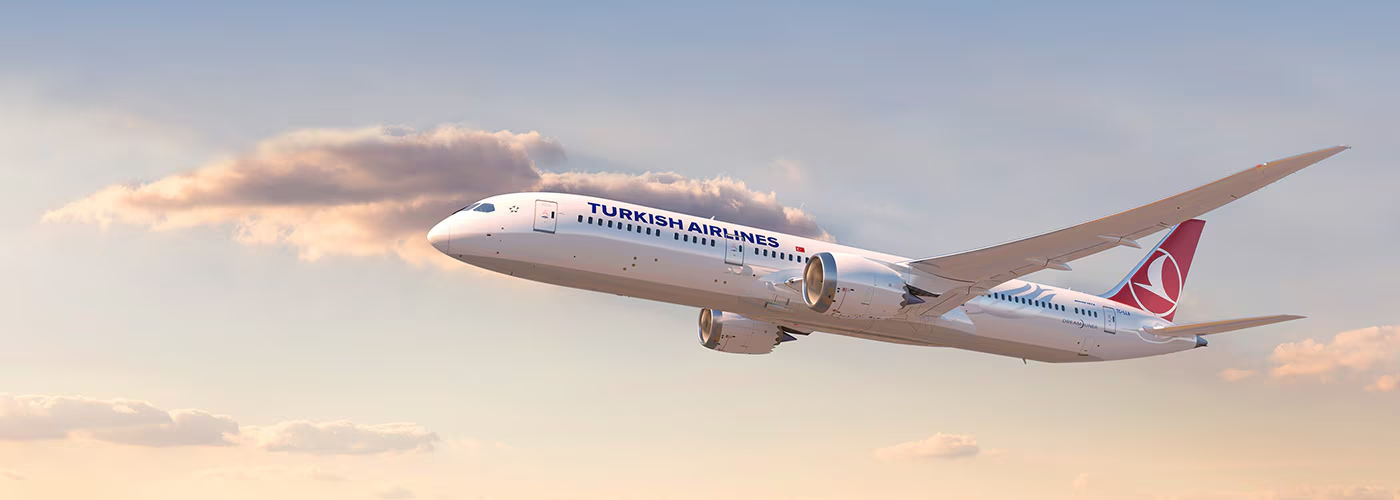What Do Pilots Do When Autopilot is in Control During Flights?
Have you ever wondered what pilots are actually doing in the cockpit while cruising tens of thousands of feet in the air, especially when the autopilot is engaged? It’s a common misconception that pilots are just passive observers during these phases of flight. In reality, their role is far more complex and dynamic. Let’s figure out.
Weather

Despite the widespread use of autopilot in modern aviation, pilots play a crucial role in ensuring a safe and efficient flight. One of their primary responsibilities during all phases of flight, including when the autopilot is engaged, is weather avoidance. Pilots are tasked with navigating around convective weather, such as thunderstorms, and in rarer cases, avoiding volcanic ash or wildfire smoke. Weather conditions are incredibly dynamic, requiring constant vigilance and assessment by the pilots.
Using sophisticated software on iPads and other electronic flight bag devices, pilots track developing weather patterns. These tools, connected to the aircraft’s dedicated WiFi network, provide updated information on various weather phenomena. During flights near or through storms, pilots’ discussions primarily focus on weather avoidance, strategizing about optimal altitudes and deviation routes. Engaging the autopilot during these critical decision-making processes helps pilots conserve mental energy and focus on these essential navigational tasks.
Monitoring Systems and Air Traffic Control

Another key responsibility for pilots, even when the autopilot is active, is monitoring the aircraft’s systems. Modern airliners are equipped with advanced technologies that alert pilots to potential or existing issues. Pilots regularly check the aircraft’s hydraulics, electrical systems, air conditioning, pressurization, and fuel systems, ensuring everything functions as expected. In case of any anomalies, pilots are prepared to perform quick reference handbook (QRH) checklists and take appropriate actions.
Apart from monitoring onboard systems, pilots also keep a close eye on the air traffic control (ATC) system throughout the cruise phase. Coordinating with dispatchers and controllers, they build mental models of potential delays, shortcuts, holds, reroutes, and diversions, which are crucial for managing fuel strategies and making decisions about potential holding patterns or diversions. Constant communication with ground personnel and ATC ensures pilots stay ahead of any changes or challenges in their flight path.
The Human Element in Automated Flight

While automation like autopilot handles the repetitive task of keeping the aircraft stable and on course, human pilots excel in overseeing these automated processes, especially when their attention is divided across multiple tasks. During the cruise segment, pilots are not just passive observers but active participants, maintaining a broader view of the flight situation. Their ability to monitor and react to various factors, from weather changes to system alerts, underscores the critical role of human expertise in complementing technological advancements in aviation.
The reliance on autopilot in modern aviation does not diminish the importance of pilots; rather, it highlights their crucial role in overseeing flight safety and efficiency. From weather navigation to system monitoring and coordination with ATC, pilots are integral to the successful operation of a flight, even when automation is at work. Their expertise and decision-making skills continue to be indispensable in the increasingly automated world of commercial aviation.
Youssef Yahya is the CEO and Founder of Aviation for Aviators, a platform dedicated to the aviation industry. With over 3 years of experience as an aviation writer, Youssef is passionate about sharing his insights on aviation, entrepreneurship, and the broader business landscape. As a Teaching Assistant in Entrepreneurship at Nile University, he also nurtures the next generation of entrepreneurs. When he’s not exploring the skies or business ventures, you can find him saying, ‘Drag your coffee, and let’s talk aviation, entrepreneurship, and football.’
You might also like:
- The beginning of the helicopter era
- 10 Family Members Die in a Piper PA-42-1000 Cheyenne 400 Crash in Brazil
- The Story of the Deadliest Mid-Air Collision in History
- TUI Group Bids Farewell to the Boeing 767 After 40 Years of Service
- Air Canada’s Bigger Planes Take Flight: Montreal-Cairo Route Resumes with 787-9 Aircraft
Discover more from Aviation for Aviators
Subscribe to get the latest posts sent to your email.














Post Comment